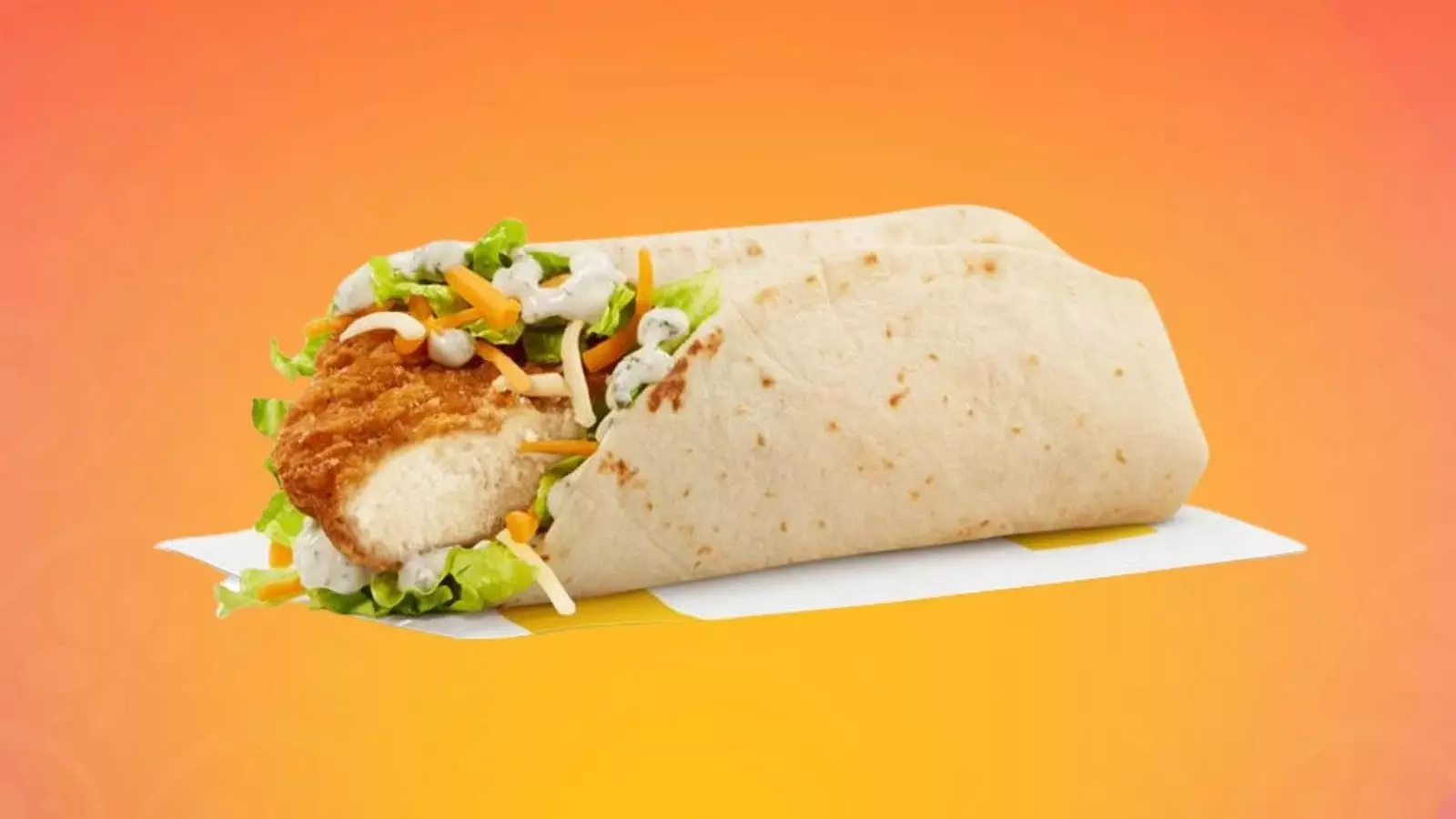In 2016, McDonald’s made a controversial decision to discontinue one of its most beloved menu items: the Snack Wrap. The news sent shockwaves through the fast-food community, as fans expressed their disappointment over the loss of this crispy, portable delight. Despite the passage of time, the yearning for its return has only intensified, culminating in its planned comeback in 2025. This situation raises intriguing questions: What was it about the Snack Wrap that captured our hearts? The answer extends beyond mere nostalgia; it strikes at the core of our cultural relationship with food.
Handheld food items have always held a unique place in our culinary landscape. Across various cultures, from burritos in Mexico to sushi rolls in Japan, foods that require no utensils are celebrated for their simplicity and convenience. In a fast-paced world where convenience is paramount, the Snack Wrap embodies this ethos perfectly. It allows for eating on the go and doesn’t burden the consumer with rigid dining protocols. The very essence of handheld foods is perhaps their emotional resonance, serving as anchors to our childhood memories and simpler times.
Recent studies, including Technomic’s 2024 Breakfast Report, reveal fascinating insights into modern eating habits. Approximately 75% of consumers now eat on the go at least occasionally, with millennials particularly favoring grab-and-go options over traditional meals. This shift reflects a broader societal change towards fast-paced lifestyles, where time is of the essence. The Snacks Wrap checks all the boxes for the modern consumer: it’s quick, intuitive, and satisfying.
This trend is not unique to McDonald’s; numerous fast-food chains have returned to nostalgic menu items, a phenomenon highlighted by Datassential’s 2025 Trends Report. The return of Taco Bell’s Mexican Pizza and the revived Chicken Fries at Burger King illustrate a broader craving for comfort through food that we have known and loved. It suggests that these aren’t just fleeting trends, but rather significant markers of how we relate to food in our increasingly hectic lives.
What sets the Snack Wrap apart is not merely its taste or convenience, but the emotional connection it fosters. Many of our childhood food memories revolve around handheld items—be it peanut butter and jelly sandwiches or wraps from lunchboxes. These foods provide comfort and familiarity, especially during tumultuous times. When faced with uncertainty, people often turn to food that offers a sense of nostalgia and warmth.
Moreover, brands are becoming increasingly aware of this emotional appeal. Consumers are not just seeking nourishment; they are looking for experiences that resonate with their personal histories. When a product like the Snack Wrap resurfaces, it signals a return to something we held dear, a tangible reminder of simpler times.
The much-anticipated return of the Snack Wrap encapsulates more than just the revival of a menu item; it emphasizes a larger trend in food experiences. The pleasure of physically interacting with food enhances the overall dining experience. Research underscores that the act of holding our food, appreciating its texture, and consuming it on our terms makes for a more enjoyable meal. The Snack Wrap, with its optimal dimensions and comforting ingredients, supports this notion, allowing for a better connection between the eater and their food.
In our productivity-driven society, portable food is no longer just a convenience; it has become a necessity. Given that many individuals find themselves eating in transit, the Snack Wrap seamlessly aligns with this reality, offering the energy and satisfaction people need throughout their busy days.
As we eagerly await the resurgence of the McDonald’s Snack Wrap, it’s essential to recognize that this news extends beyond mere appetite satisfaction. It highlights a collective yearning for foods that facilitate our lifestyles while grounding us in our past experiences. The demand for the Snack Wrap serves as a testament to the timeless appeal of handheld foods and their integral role in our dinner plates and our memories.
In a world dominated by rapid changes and busy lifestyles, the return of the Snack Wrap reminds us that some foods transcend trends; they connect us to our heritage and contribute to our identity as consumers. Fast-food comebacks resonate not just because they cater to cravings but because they touch on something profoundly human: our desire for connection, comfort, and convenience in every bite.

